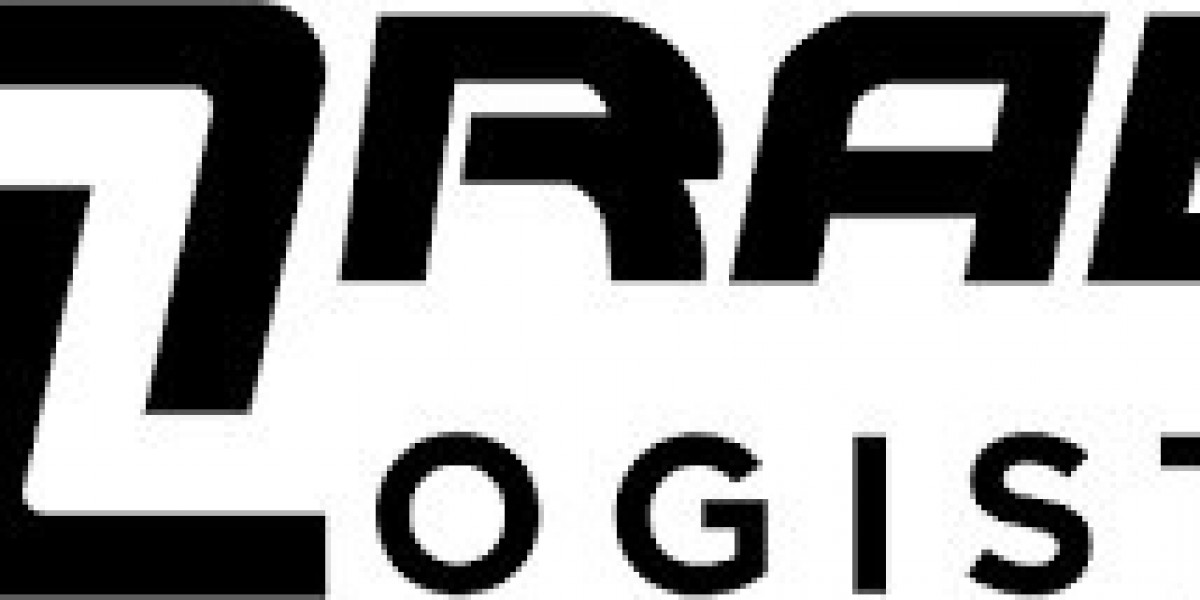When importing or exporting goods to and from Canada, accurate product classification is essential. This process relies on what’s known as an HTS code, or Harmonized Tariff Schedule code. Proper HTS code lookup in Canada ensures correct duty calculation, avoids shipment delays, and guarantees compliance with Canadian customs regulations. Whether you’re a business owner, freight forwarder, or customs broker, understanding how HTS code lookup works in Canada is critical.
What Is an HTS Code?
HTS stands for Harmonized Tariff Schedule. Globally, countries use the Harmonized System (HS) developed by the World Customs Organization (WCO) to classify traded goods. In Canada, these codes are more commonly referred to as Tariff Classification Numbers and are administered by the Canada Border Services Agency (CBSA).
Each HTS code is a multi-digit number that hts code lookup canada defines the nature, composition, and intended use of a product. The first six digits of the code are internationally standardized, while the final digits are country-specific. In Canada, tariff codes typically consist of 8 or 10 digits.
Why HTS Code Lookup Is Important in Canada
Using the correct HTS code is vital for a number of reasons:
✅ Accurate duty calculation: Customs duties and taxes are based on the assigned code.
✅ Avoiding penalties: Incorrect codes can result in border delays, financial penalties, or seizure of goods.
✅ Free Trade Agreement benefits: Codes determine eligibility for trade benefits under agreements like USMCA/CUSMA or CETA.
✅ Proper documentation: HTS codes are required on import and export paperwork such as customs declarations and invoices.
A small misclassification can cost your business thousands of dollars or lead to shipment rejections.
How to Perform an HTS Code Lookup in Canada
Here’s a step-by-step guide on how to find the correct HTS code for your products:
1. Use the Canada Customs Tariff Tool
The Canada Customs Tariff is an online resource provided by the CBSA. You can search for tariff classifications by product name, description, or HS code fragment.
Website: https://www.cbsa-asfc.gc.ca
2. Identify Key Product Details
Before searching, gather detailed product specifications including:
Material or composition
Intended use
Product packaging
Manufacturing process
Country of origin
These details influence the code assignment. For example, cotton clothing and synthetic garments fall under different codes even if they look similar.
3. Review Notes and Explanations
The Customs Tariff tool provides additional legal notes and chapter descriptions. These help clarify classifications when multiple codes appear similar.
4. Request a Binding Ruling (Optional)
If you're unsure, the CBSA allows importers to request a National Customs Ruling (NCR). This is a legally binding decision on the correct classification and can save time and money in the long run.
HTS Code Structure Example
Let’s take an example of a product – men's cotton shirts.
6105.10 – International HS code (shirts, of cotton)
6105.10.00.00 – Full Canadian HTS code
This code determines the duty rate, which could be duty-free under CUSMA if made in the U.S. or Mexico.
HTS Code Lookup Tips
✔️ Always use Canadian sources. U.S. and Canadian codes can differ after the first 6 digits.
✔️ Avoid guessing. Even a small error can change duties or trigger investigations.
✔️ Keep codes updated. CBSA revises tariff schedules annually or in response to trade agreements.
✔️ Consult a customs broker for large or complex shipments.
HTS Lookup and Trade Agreements
Canada is part of several free trade agreements, including:
CUSMA/USMCA (U.S. & Mexico)
CETA (EU countries)
CPTPP (Pacific nations)
UK Trade Continuity Agreement
HTS codes are critical to claiming preferential tariff treatment. A misclassified item may not qualify, even if it was eligible.
Conclusion: Get It Right, Save Time and Money
The importance of accurate HTS code lookup in Canada cannot be overstated. From minimizing duty costs to avoiding customs delays, knowing the right classification sets the foundation for smooth international trade. Leverage official resources like the Canada Customs Tariff, consult professionals, and always double-check your classifications.
Whether you're shipping commercial goods, e-commerce items, or personal effects, taking the time to perform a proper HTS code lookup will protect your business and optimize your logistics operations.








